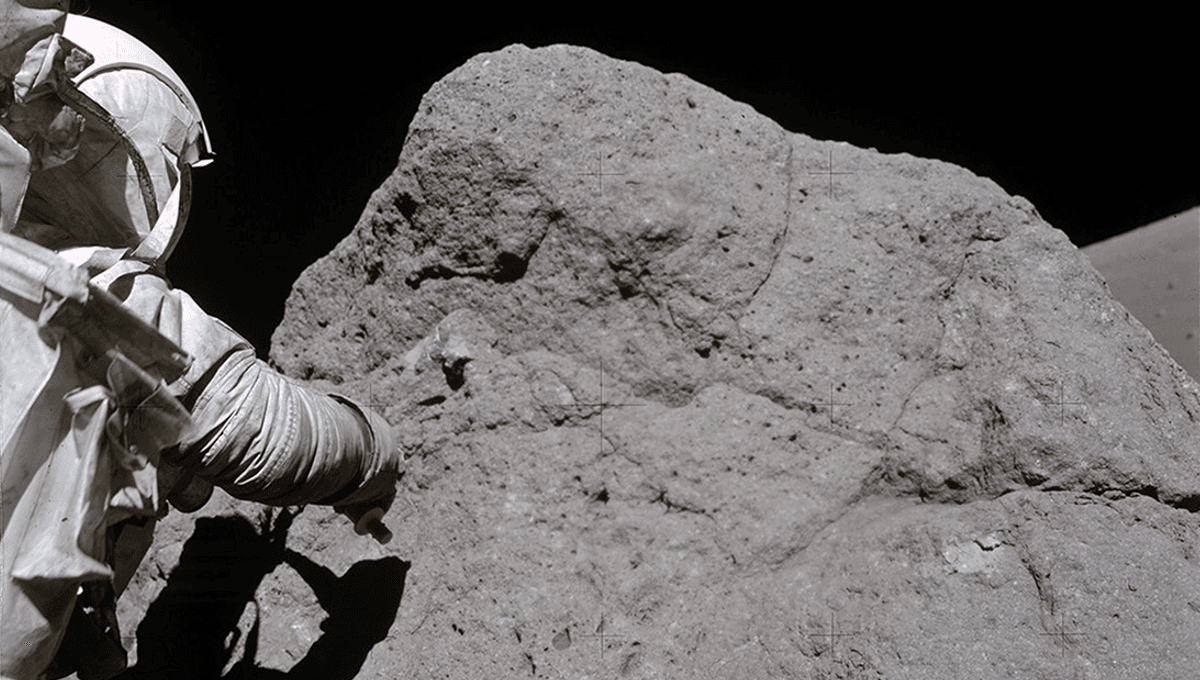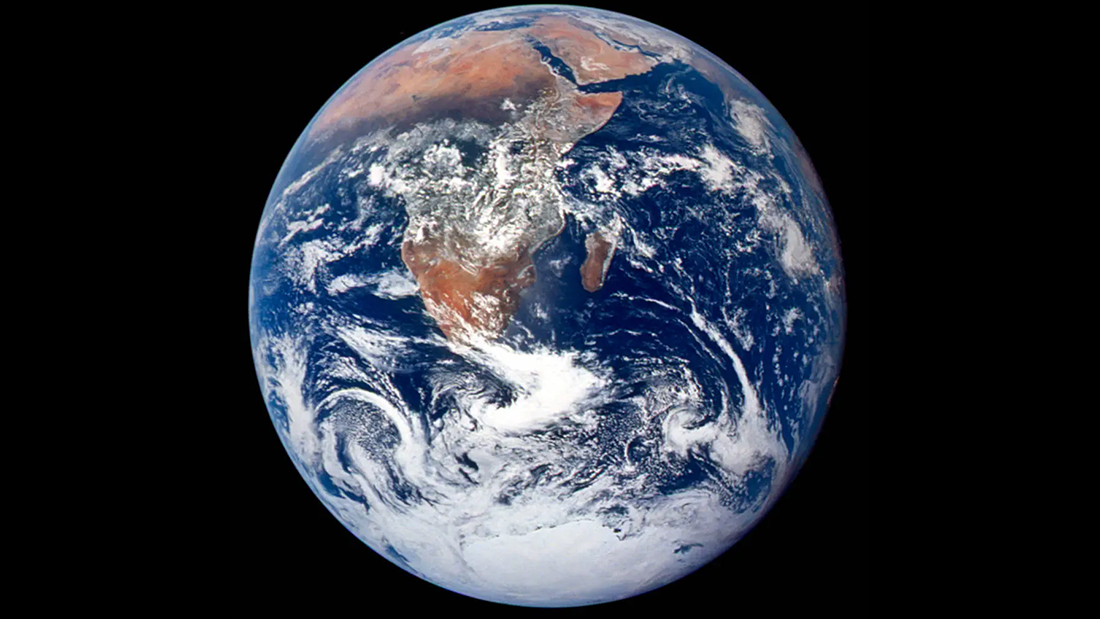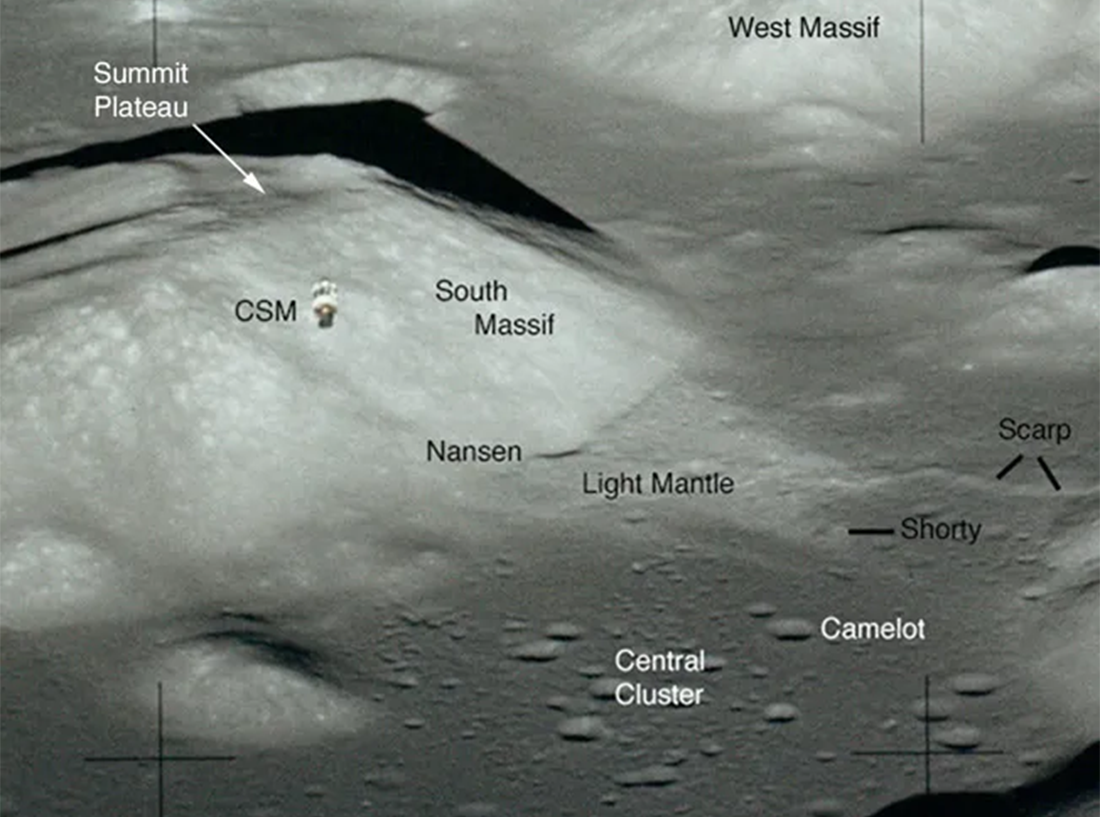The Apollo 17 Moon Samples Were Sealed Away For Over 50 Years. Now, Scientists Have Opened Them

The Apollo 17 Moon Samples Were Sealed Away For Over 50 Years. Now, Scientists Have Opened Them
When the crew of Apollo 17 left the lunar surface and returned to Earth in December 1972, they brought with them samples of a particularly interesting area of the Moon. Those samples were deliberately sealed for over 50 years to wait until they could be studied using more advanced techniques and technology. Now, they have finally been opened, shedding light on an old lunar mystery.
The rest of this article is behind a paywall. Please sign in or subscribe to access the full content. Apollo 17 was a notable mission for many reasons. The first image of the whole Earth from space came when astronauts Ron Evans or Harrison Schmitt took a photo from onboard Apollo 17 en route to the Moon. This was the first time that an Apollo mission's trajectory made such a photo possible, and the result was the iconic "Blue Marble" image. The first image of the whole Earth in one frame. Image credit: NASA As well as this, it was the first time rodents orbited the Moon, with five mice being on board, and it was the final NASA mission to the lunar surface to date. Though we are used to astronauts being multi-talented show-offs today, it also marked the first time a scientist was sent to our natural satellite. Lunar module pilot Harrison Schmitt had a doctorate in geology, which he put into practice collecting samples and studying the Moon's rocks with fellow astronaut Eugene Cernan. Part of their mission was to collect samples from the "Light Mantle", an unusually bright 5-kilometer-long (3.1 miles) deposit of material sitting at the base of the South Massif mountain. Though the exact cause of this unusual geology remains unclear, scientists suspect that it may have been ejected deposits from an impact that caused the 85-kilometer (53-mile) Tycho Crater. "The origin of the Light Mantle is debated," a team led by Dr Giulia Magnarini of the Natural History Museum, London, explains in their new paper. "The high albedo deposit has been suggested to be (a) ejecta material from the Tycho impact; (b) South Massif material mobilized by Tycho ejecta impacting the top of the massif; (c) multiple landslide deposits triggered by the ground shaking associated with seismic activity of the Lee-Lincoln fault in Taurus-Littrow Valley." As well as this, scientists are puzzled by how the material that makes up the Light Mantle was able to spread as much as it did. Part of the problem is that nothing on the Moon really looks like this. “I have been studying long runout landslides on Earth and Mars, but the Light Mantle is currently the only one we know of on the Moon,” Dr Magnarini told the Natural History Museum, London. “We don’t know how these long runout landslides formed or what allowed them to run for several kilometres.” The Light Mantle region on the Moon, below the South Massif mountain. Image credit: NASA While they were on the Moon, Schmitt and Cernan collected nearly 120 kilograms (265 pounds) of samples as they traveled around 30 kilometers (19 miles). A lot of this regolith and core samples have been studied in the intervening years, but a lot of it was held back. “NASA was really forward-thinking during the Apollo mission to put some samples aside,” Magnarini said. “They were stored so that they could be studied using more advanced technology and new scientific approaches that hadn’t even been thought of at the time.” “When the samples were originally brought back, scanning technology wasn’t that detailed. Now, with micro-CT scanning, we have medical-level scans that allow us to investigate these samples in fine detail.” Looking at those samples, the team was able to examine clasts within them. These are fragments of rock which have broken off; in this case, thought to be from the South Massif mountain, as the landslide occurred. “The clasts tell us a lot about the process of the landslide itself and how the material within it has been transported,” Giulia explained. “We saw that the finer material coating the clasts in the core comes from the clast and not the surrounding debris, suggesting that the clasts broke up and helped the landslide to flow more like a fluid." While that may help explain how the material was able to flow so well, the initial cause of the landslide remains unclear, though a Tycho impact scattering rocks on South Massif remains a strong possibility. As the rock impacted the Moon, creating the crater, ejecta was thrown up and caused secondary craters scattered around the area, some of which are in the direction of South Massif and the Light Mantle. “It’s been suggested that some of the material thrown up by the creation of Tycho might have struck the South Massif,” Giulia explains. “This could have triggered the landslide, which ultimately formed the Light Mantle.” The samples have been reopened as part of a new NASA initiative ahead of the Artemis program's long-awaited return to the Moon. "The goal of the Apollo Next Generation Sample Analysis (ANGSA) Program is to maximize the science derived from samples returned by the Apollo Program in preparation for future lunar missions anticipated in the 2020s and beyond," NASA explains. "To achieve this, the 2nd ANGSA call will focus on small, high-value samples that are nearing their pristinity limit and would benefit from a consortium approach to maximize the science value of these precious samples." Hopefully, these samples will help keep your Moon curiosity satisfied until astronauts return to the surface, ostensibly in 2027. The study is published in the Journal of Geophysical Research: Planets.



